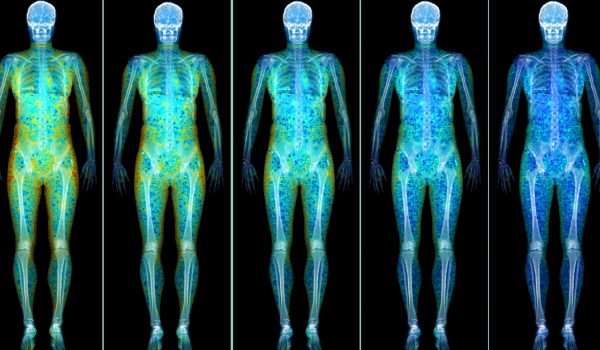The best time to catch and treat osteoporosis is before you develop any signs or symptoms. But would you recognize potential warning signs that you may already have this bone disease which affects 200 million people worldwide?
Your answer is likely to be “probably not”. In fact, osteoporosis usually develops silently, without early warning signs because bone density loss occurs very gradually. Some people never develop symptoms. Once the disease is advanced enough to be staring you in the face you may have already experienced pain or a fracture.

Warning signs that you might already have osteoporosis include:
- Fractures that occur with only minimal force. You might expect to break a bone if you are injured in an auto accident or fall off your roof. Breaking a bone with just a glancing blow or bump could signal osteoporosis.
- Unexplained bone or joint pain. When bones fracture or break due to osteoporosis, people may experience pain depending on the type of fracture. These fractures occur when your bones do not have enough strength to support the weight of your body. While many things can cause bone or joint pain, it pays to explore if osteoporosis could be the cause any time you have bone or joint pain that cannot be easily explained.
- Loss of height or stooping. Osteoporosis can cause a loss of height because the discs between the vertebrae in the spine dehydrate and compress. As the spine ages, it can also become curved as the vertebrae collapse, causing compression fractures.
Osteoporosis may progress silently for decades, with no symptoms until fractures occur, so early detection is crucial. DEXA bone densitometry measures bone loss safely and painlessly.
If you are experiencing any of the above warning signs, see your doctor to request a DEXA bone densitometry test at Lake Medical Imaging. This bone-density testing is simple, painless, and non-invasive.
Osteoporosis can only be diagnosed by knowing your bone density, and the treatment for this condition is best determined once you know the extent of the disease. Schedule your exam today.




